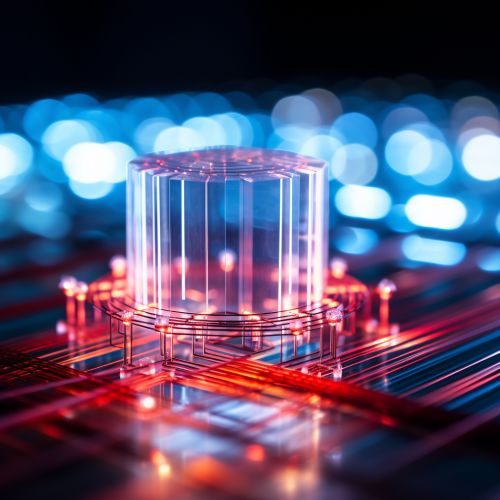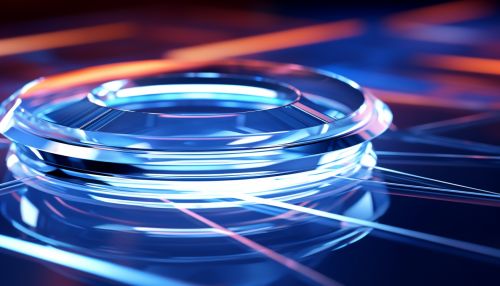Piezoelectric effect
Introduction
The Piezoelectric effect is a fascinating phenomenon where certain materials generate an electric charge in response to applied mechanical stress. This effect, discovered in the 19th century, has significant implications in a variety of fields, including engineering, materials science, and physics. The term "piezoelectric" derives from the Greek words "piezein" (πιέζειν), which means to squeeze or press, and "elektron" (ήλεκτρον), which means amber, an ancient source of electric charge.
History
The piezoelectric effect was first discovered in 1880 by the French physicists Pierre and Jacques. They found that when pressure was applied to certain types of crystals, including quartz, tourmaline, and Rochelle salt, it produced electrical charges on the surface of the crystal. This discovery marked the birth of piezoelectricity as a new field of study in physics.
Underlying Principles
The piezoelectric effect occurs due to the asymmetric structure of certain crystalline materials. When mechanical stress is applied to these materials, it causes a shift in the positive and negative charge centers within the crystal lattice, leading to an electric polarization. This polarization manifests as a voltage across the material, which can be harnessed for various applications.
Piezoelectric Materials
There are several types of materials that exhibit the piezoelectric effect. These include naturally occurring crystals such as quartz and topaz, as well as synthetic materials like barium titanate and lead zirconate titanate. In addition, certain types of biological materials, including bone, DNA, and certain types of proteins, also exhibit piezoelectric properties.
Applications
The piezoelectric effect has a wide range of applications in various fields. In electronics, piezoelectric materials are used in the design of high-voltage generators, sensors, and actuators. In the field of acoustics, they are used in the production of ultrasonic transducers, microphones, and piezoelectric speakers. In medicine, piezoelectric materials are used in ultrasonography and in the design of certain types of surgical instruments.
Future Developments
Research into the piezoelectric effect continues to uncover new applications and materials. One promising area of research involves the development of piezoelectric nanomaterials, which could be used in the design of highly sensitive sensors and actuators. Another area of research involves the use of piezoelectric materials in energy harvesting, where mechanical energy from the environment is converted into electrical energy.
See Also


